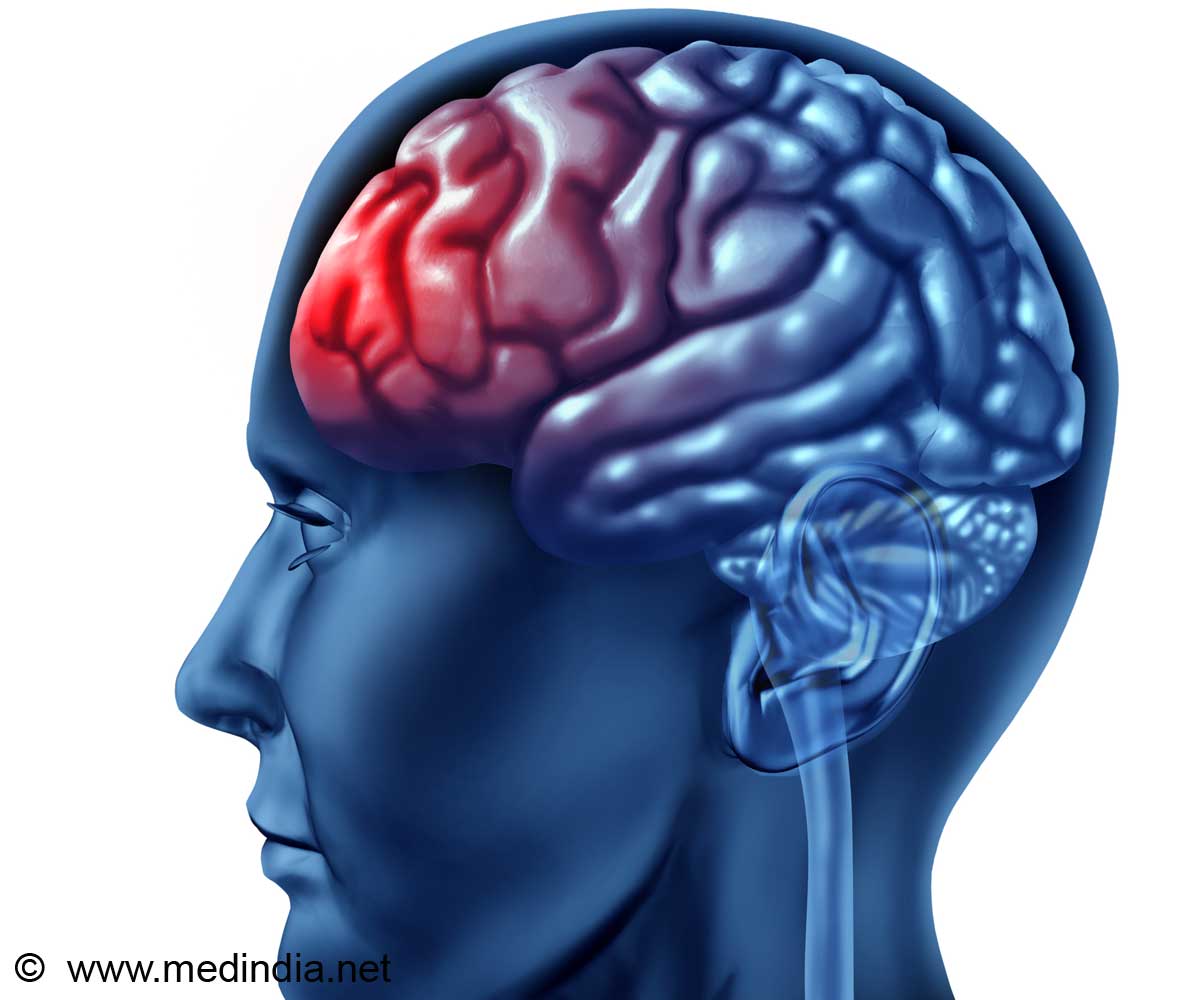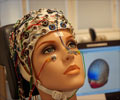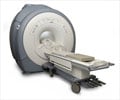
‘The new findings considerably advance our understanding of the brain regions that start to get overconnected as the disease progresses, and how they relate to the death of the motor neurons.’
Tweet it Now
A previous study by the Trinity group had indicated the potential changes in EEG recordings.These changes in comparison to the healthy brain indicated new dynamics of the disease in the brain and have revealed some previously unrecognised abnormalities in the brain.Their findings, published in the recent issue of the journal Cerebral Cortex imply that ALS, along with other neurodegenerative conditions, are associated with important changes in neural communication between different brain networks, rather than changes in a single region of the brain. The new discoveries are pointing to the mechanisms in the brain that are associated with the disease, that were not previously taken into account, assuming that ALS is simply a focal isolated degeneration in certain parts of the brain.
"Understanding how the networks in the human brain interact in health and disease is a very important area that has not been adequately researched" said Dr Bahman Nasseroleslami, Senior Research Fellow and Neural Engineer, who is the lead author of the study.
"Using EEG to decipher changes in brain function has not been possible until recently. The computational power, mathematical and statistical tools were just not available. But our findings have shown that we can now explore the living human brain in a very sophisticated and non-invasive way, and that we can link our dynamic EEG changes with anatomical changes captured by MRI. This expands enormously our ability to understand how the brain is working in real-time, and how these changes in brain networking correlate with structural changes that we can see on MRI scans. This is breakthrough science".
"These findings will change how we study ALS" said Professor Hardiman, Head of the Academic Unit of Neurology in Trinity. "Our identification of specific changes in brain wave patterns in different forms of neurodegeneration will allow us to develop new drugs, and monitor the effects of these drugs in ways that have not been possible up to now."
Advertisement
Approximately 5,600 people in the U.S. are diagnosed with ALS each year. It is estimated that as many as 30,000 Americans may have the disease at any given time.
Advertisement
Source-Eurekalert














